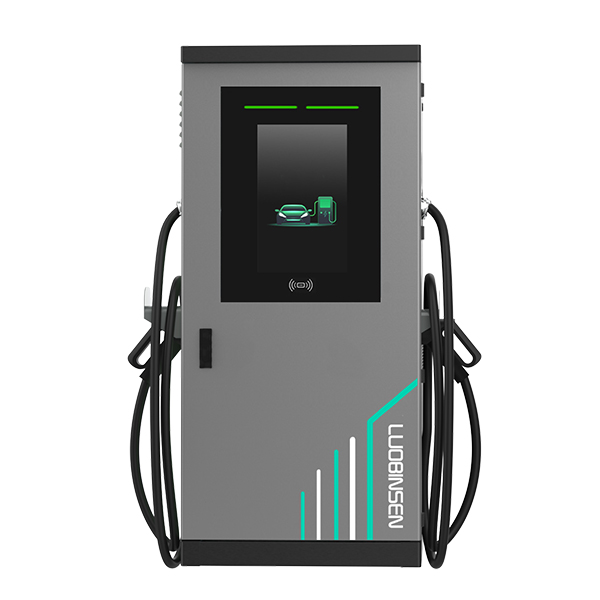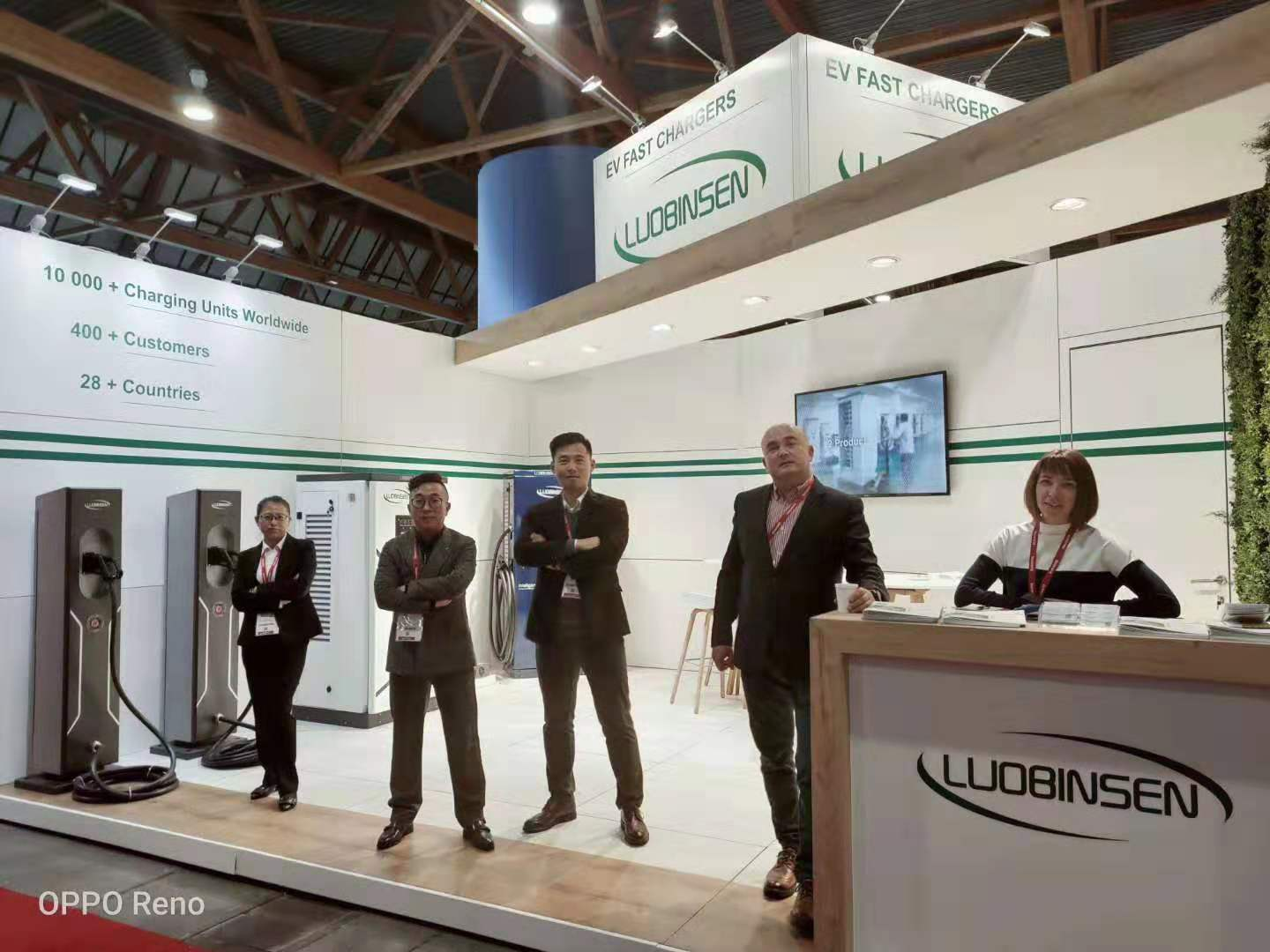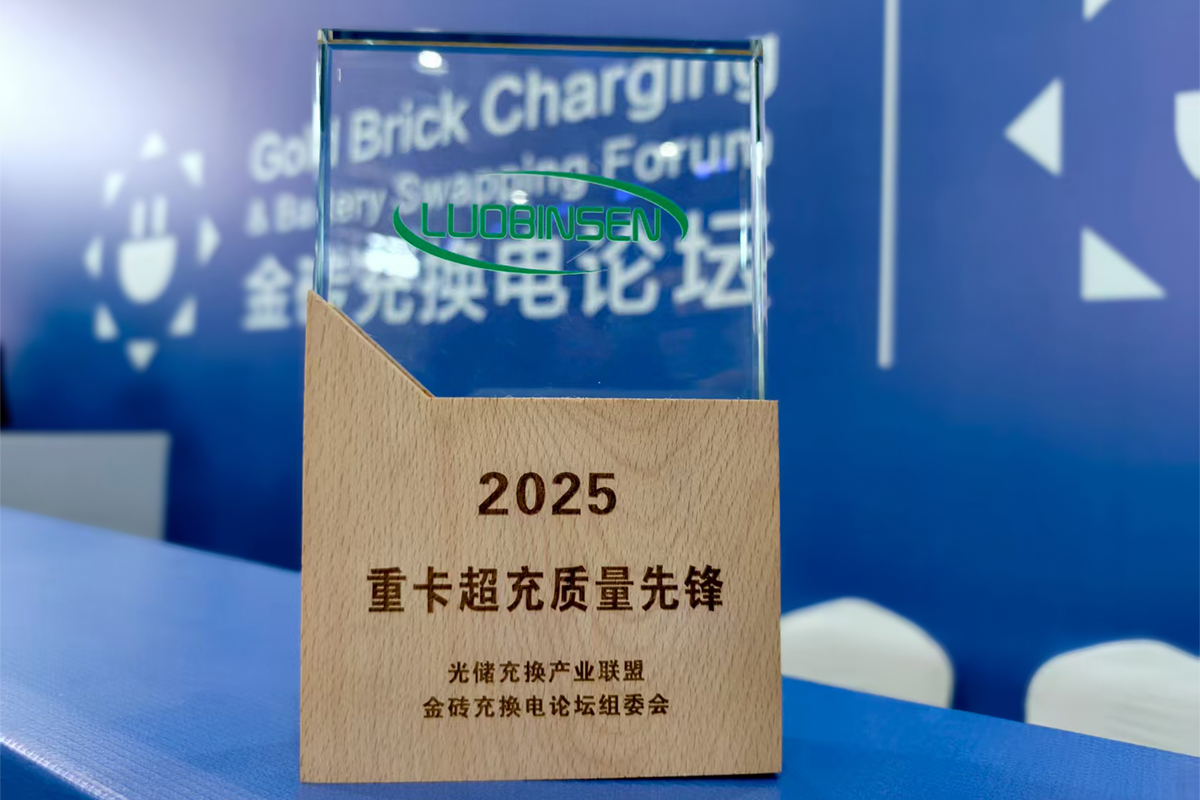As the electric vehicle market expands rapidly, businesses are increasingly seeking charging infrastructure that is both versatile and efficient. At Luobinsen, we are committed to providing solutions tailored to the needs of fleet operators, commercial facilities, and EV network providers. One key area we focus on is understanding the differences between conventional DC chargers and our all in one charger solutions. By exploring these distinctions, businesses can plan their charging networks more effectively and select solutions that align with their operational goals.

Enhanced Compatibility Across Vehicle Types
Traditional DC chargers are often designed for rapid charging within a limited voltage range, which restricts the types of EVs they can serve. In contrast, our all in one charger offers a wide DC voltage output range from 200V to 1000V, with flexible power options from 60kW to 360kW. This flexibility allows businesses to serve a wide variety of EV models using a single unit. Moreover, our system supports multiple charging standards, including GBT, CCS1, CCS2, CHAdeMO, and NACS, making it suitable for commercial operators managing diverse fleets. We designed this solution to minimize the complexity of deploying multiple chargers and to simplify operational management for clients with mixed EV types.
Integration, Efficiency, and Scalability
One of the main advantages of the all in one charger over traditional DC chargers is its integration into a comprehensive electric vehicle power station. Our approach combines fast-charging capabilities with intelligent energy management to optimize electricity consumption while meeting high-volume charging demands. We ensure that operators can scale their infrastructure efficiently without increasing installation or maintenance challenges. Consolidating multiple charging functions into one station reduces downtime, simplifies servicing, and supports a more consistent experience for fleet operators and commercial clients alike. This integrated design is particularly beneficial for businesses that require reliable service during peak usage periods or need to manage multiple locations under a unified system.
Practical Considerations for Business Planning
When considering the adoption of an all in one charger, businesses must evaluate operational flexibility, compatibility, and total cost of ownership. At Luobinsen, we emphasize providing practical solutions that allow operators to meet current demands while preparing for future EV technology changes. Our electric vehicle power station solutions are engineered to accommodate various commercial scenarios, including fleet depots, public charging hubs, and corporate facilities. By choosing solutions that combine versatility, scalability, and reliability, companies can enhance operational efficiency and ensure their charging infrastructure remains relevant in a rapidly evolving market.
Conclusion: Making Informed Charging Decisions
In summary, selecting between a conventional DC charger and an all in one charger involves assessing compatibility, integration, and operational efficiency. At Luobinsen, we design solutions that allow businesses to manage multiple EV types, streamline energy usage, and expand infrastructure as needed. Our electric vehicle power station offerings provide a practical and adaptable approach for commercial clients, supporting long-term growth and reliability. By understanding these differences, companies can make informed decisions and build charging networks that effectively meet the demands of today’s electric mobility landscape.




